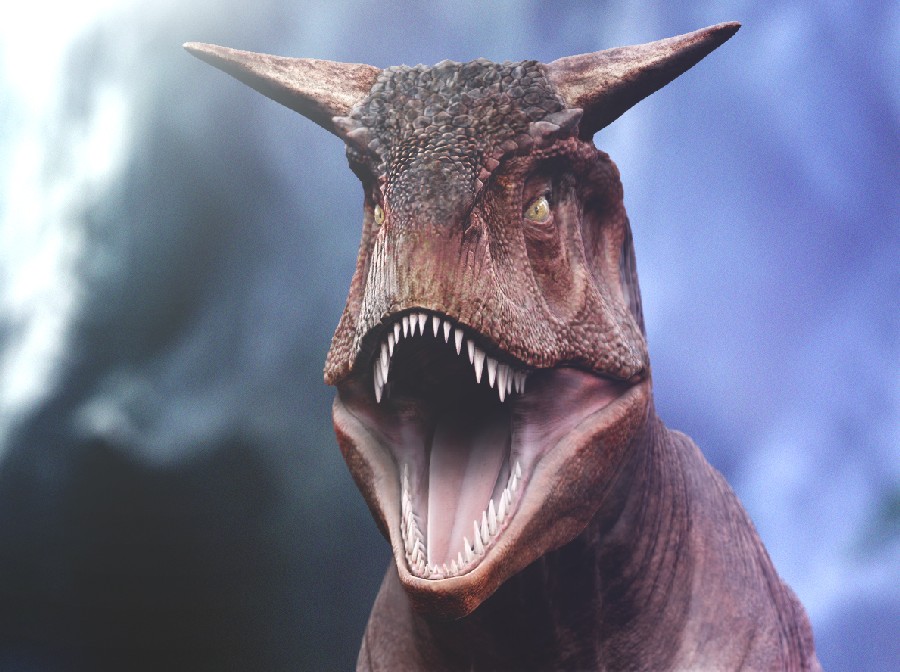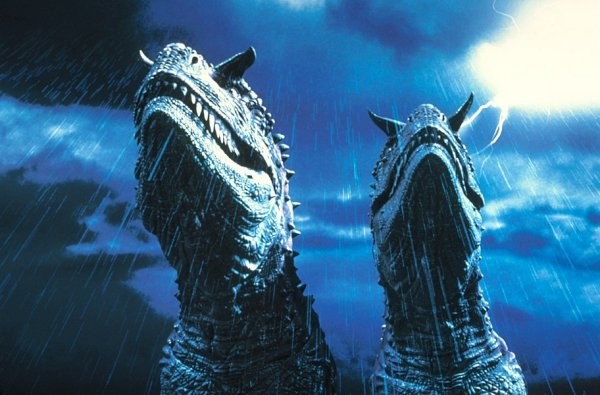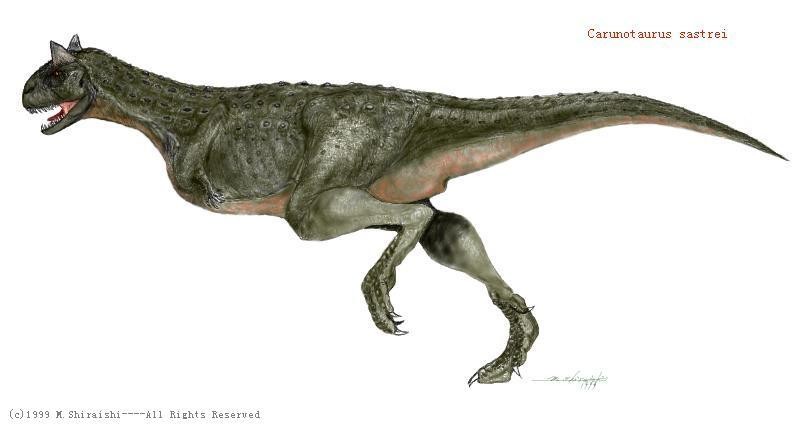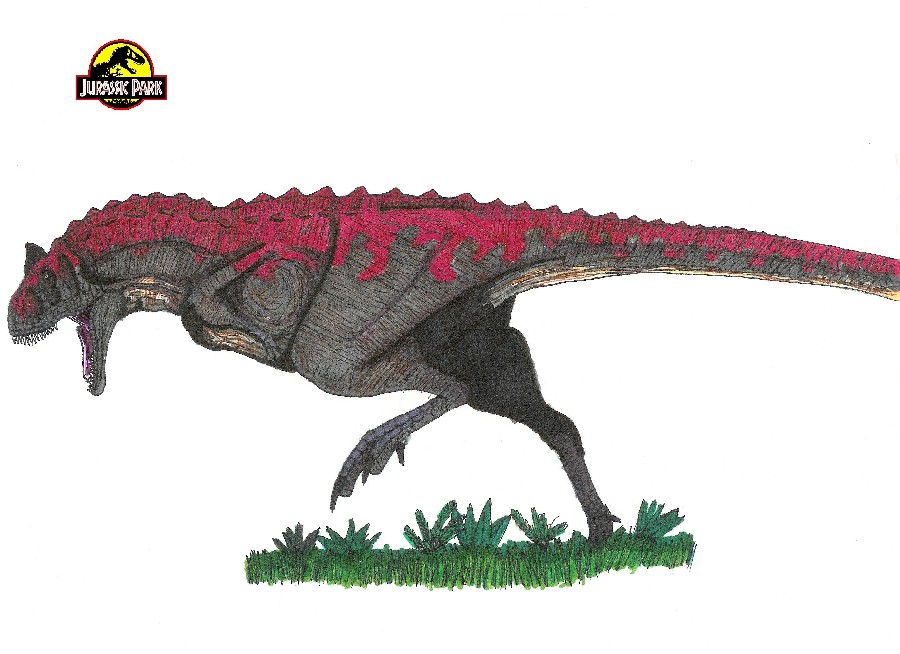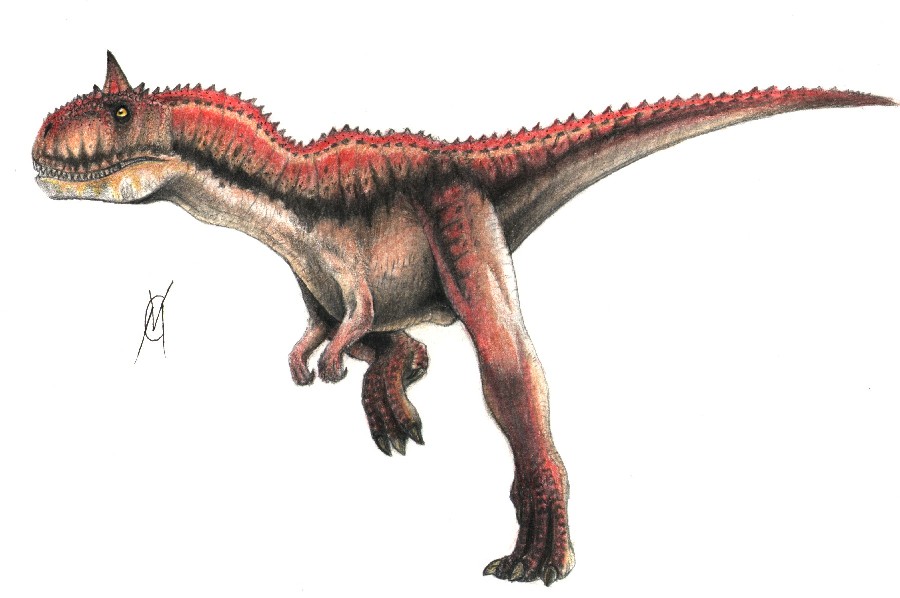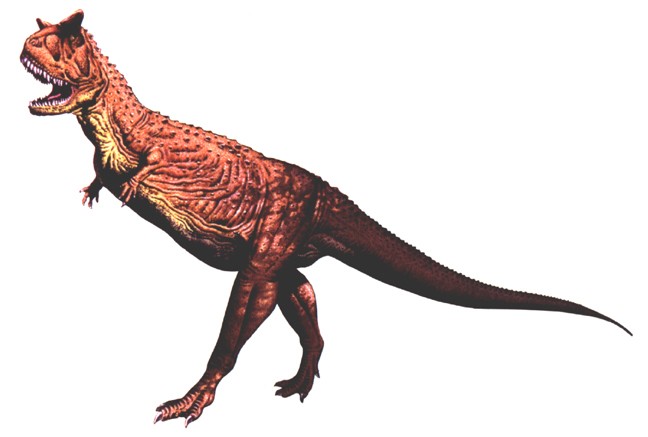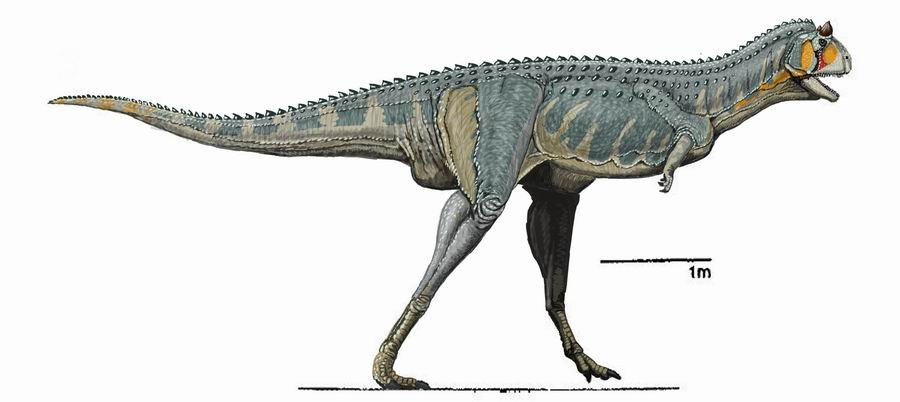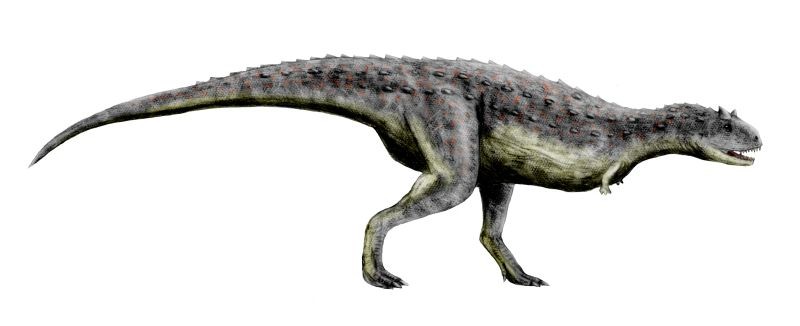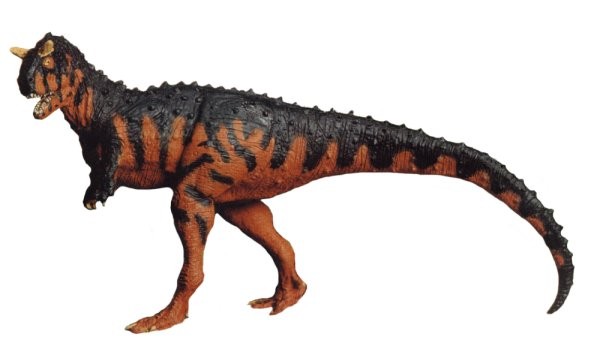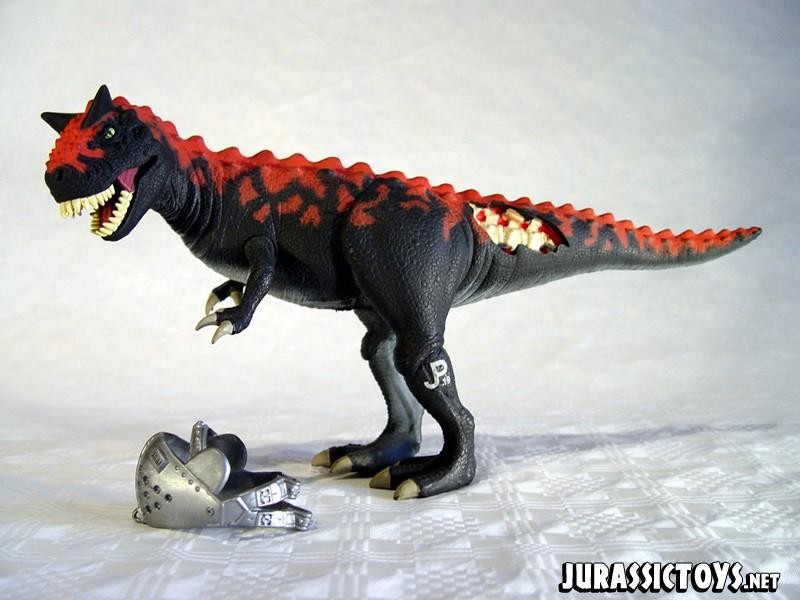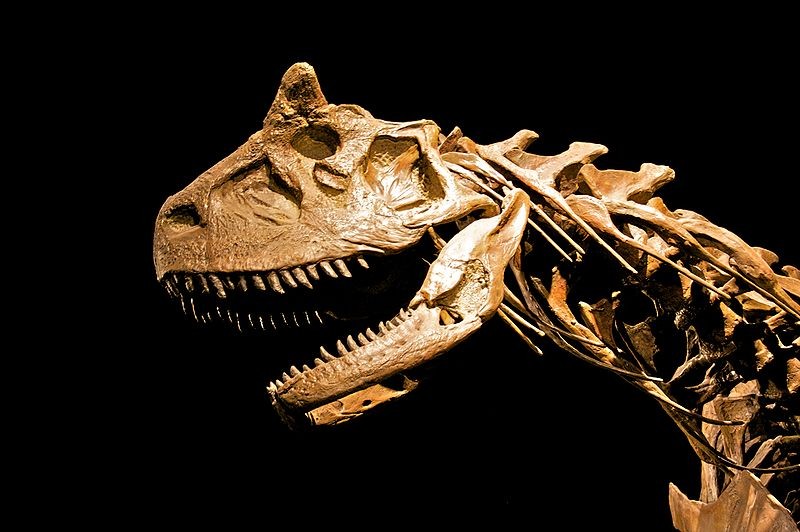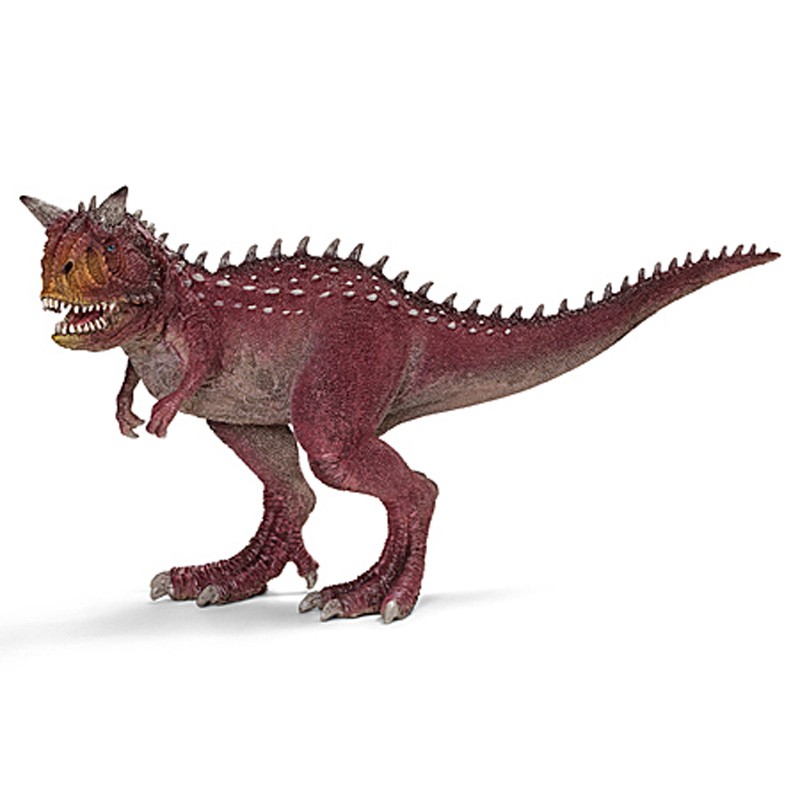Carnotaurus was a carnivore. It lived in the Cretaceous period and inhabited South America. Its fossils have been found in places such as Argentina.
Quick facts about Carnotaurus:
- Existed from Campanian Age to 66 million years ago
- Lived in a terrestrial habitat
- Was a carnivore
- Reproduced by laying eggs
- Only one specimen has been found by paleontologists
All the Carnotaurus illustrations below were collected from the internet. Enjoy and explore:
- View Carnotaurus on ancient earth globe
- Random dinosaur
- More from the Cretaceous period
- More in South America
- All dinosaurs
- Search:







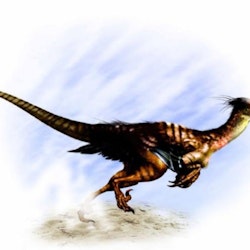
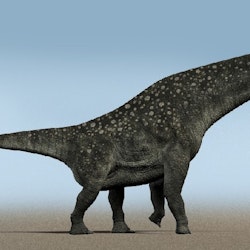

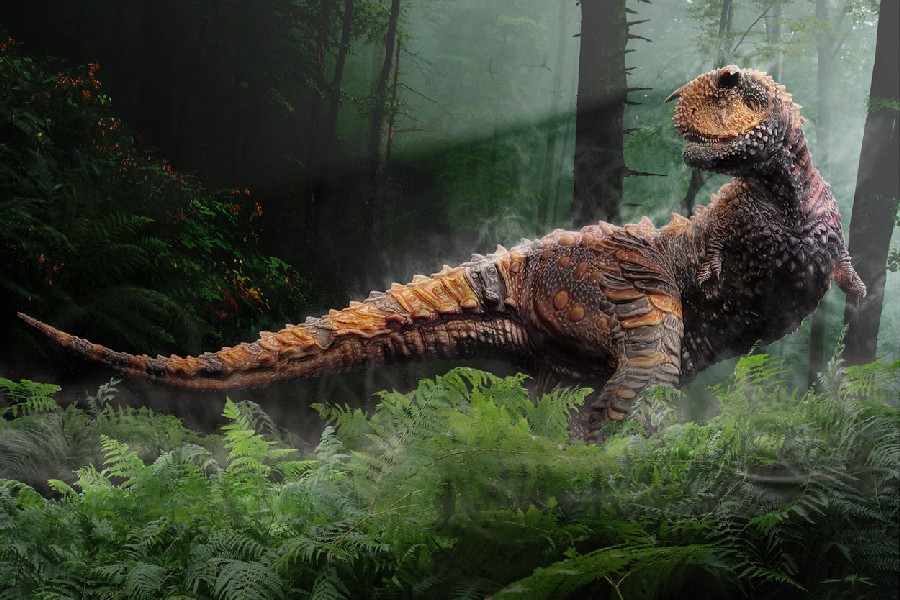
_79e9.jpg)
